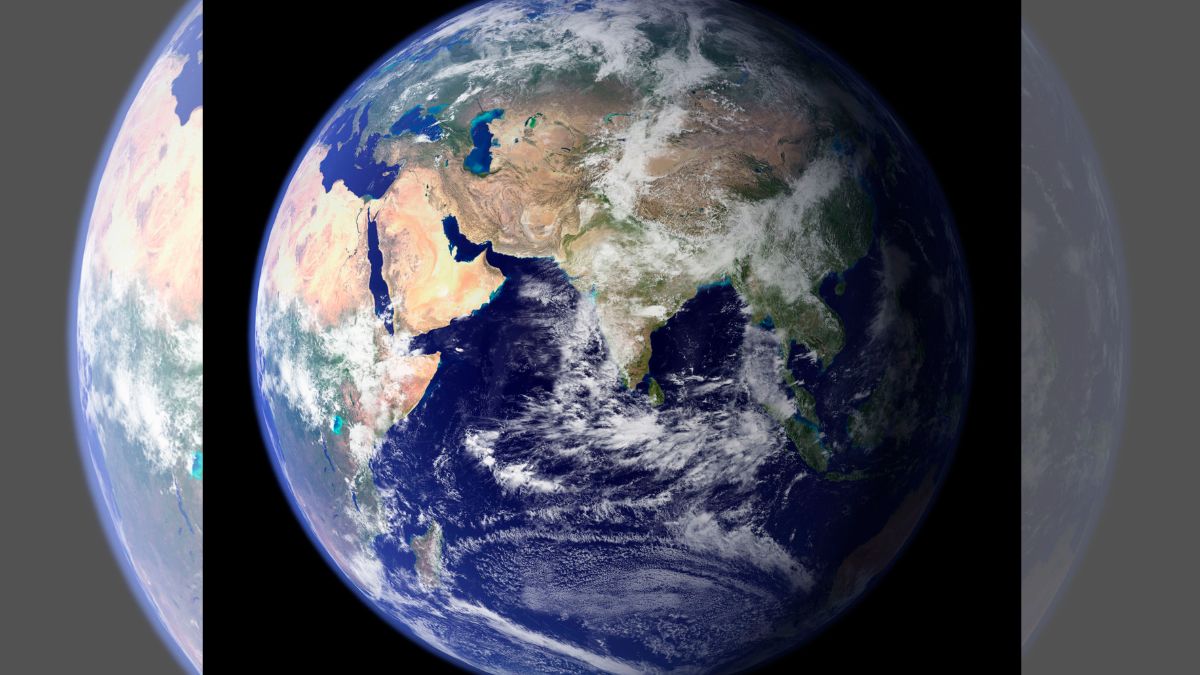The Earth’s axis has tilted by 31.5 inches (about 80 centimetres), new research has found. The study, published in the journal Geophysical Research Letters, blames human activity for impacting the planet’s rotation.
In less than two decades, pumping groundwater on a large scale has led to a change in the Earth ’s tilt. This shift has resulted in sea-level rise, contributing to climate change.
Let’s take a closer look.
What’s groundwater?
Groundwater is water present in the cracks and spaces in rock, soil and sand. It is replenished by rain and snow melt that seeps beneath the land’s surface.
Groundwater is stored in underground reservoirs called aquifers. Humans rely on it for several needs such as irrigation and drinking water.
Groundwater is usually discharged through lakes, rivers, streams, or man-made wells.
It plays a crucial role as an alternative to precipitation during dry spells, fulfilling people’s water needs.
What has the study found?
Researchers studied data from 1993 to 2010 to discover that pumping 2,150 gigatonnes of groundwater has led to a change in Earth’s tilt of nearly 31.5 inches.
According to Popular Mechanics, this is equivalent to .24 inches of sea level rise.
The study, first published last year and revised recently, said that pumping is mainly for irrigation and human consumption, with the groundwater subsequently moving to the oceans.
Ki-Weon Seo, a geophysicist at Seoul National University and the study lead, said in a statement: “Earth’s rotational pole actually changes a lot. Our study shows that among climate-related causes, the redistribution of groundwater actually has the largest impact on the drift of the rotational pole.”
Redistributing water from the midlatitudes had the biggest impact on the Earth’s rotation, as per the study. Researchers identified water movement from western North America and northwestern India as playing a key role in the Earth’s tilt.
Impact Shorts
More Shorts“Like adding a tiny bit of weight to a spinning top, the Earth spins a little differently as water is moved around,” the study noted.
Extracting groundwater also has consequences for our environment as it triggers sea levels to increase.
“I’m very glad to find the unexplained cause of the rotation pole drift. On the other hand, as a resident of Earth and a father, I’m concerned and surprised that pumping groundwater is another source of sea-level rise,” Seo said.
A 2016 NASA study had found that the distribution of water can alter the Earth’s rotation.
Surendra Adhikari, a research scientist at NASA’s Jet Propulsion Laboratory who was part of the 2016 study, said the new research was important.
“They’ve quantified the role of groundwater pumping on polar motion,” he said, “and it’s pretty significant.”
ALSO READ: What makes the Earth seem flat even though it’s round?
Why does it matter?
The study shows how human actions impact the planet. It comes as a warning that relocating groundwater to the oceans, coupled with melting glaciers, can further speed up the rise in sea levels, a sign of climate change.
This data could help conservationists develop strategies to prevent further increases in sea levels and other climate issues. The research is a grim reminder of how seemingly small human actions can have big ramifications on the entire planet.
With inputs from agencies
)